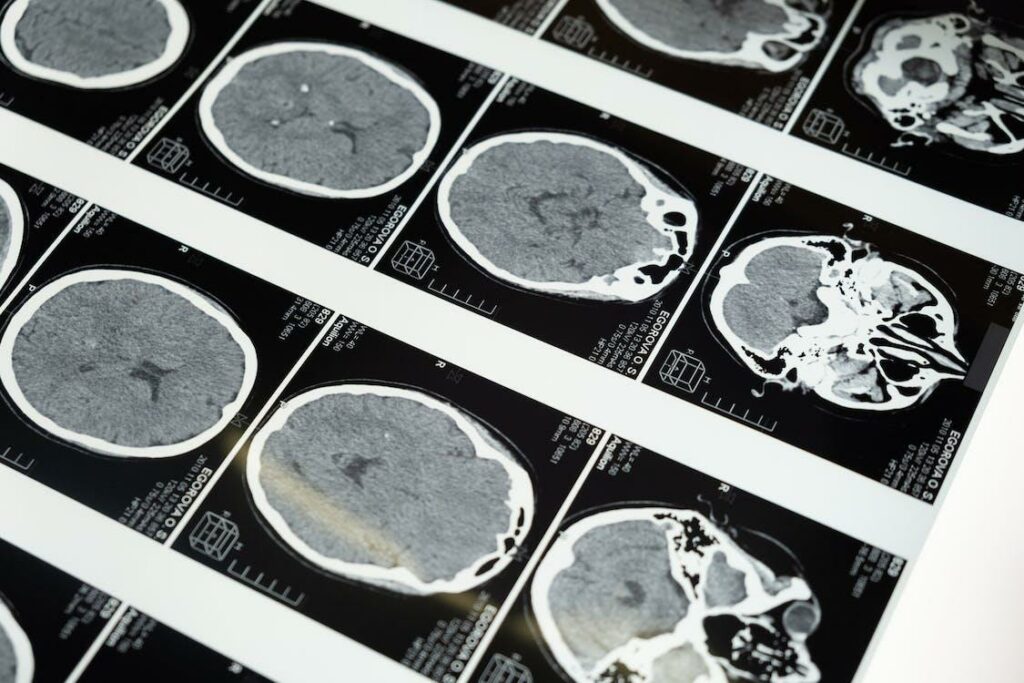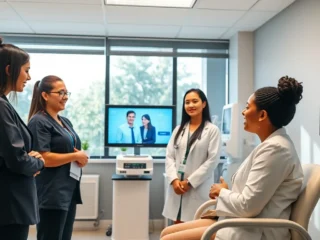
People all over the globe are experiencing a slow decline in their overall health due to unhealthy eating habits and the influence of society. As a result, there has been an increase in both contagious illnesses and chronic diseases. As we explore the realm of science, one must recognize the significance of technology. It serves as a vital tool for unraveling the mysteries hidden within our mortal frames. In this discourse, we shall embark upon a journey to fathom the diverse techniques employed in augmenting images during live interventions.
Defining Imaging
This term includes a wide range of tests that are used to create images of different parts of the body. These images play a major role when it comes to:
- Screening for health conditions before the symptomatic phase
- Diagnosing the cause of the symptoms
- Monitoring the diagnosed health conditions or the treatment effects
Some of the prominent methods encompass CT scans, X-rays, ultrasound, and MRI. Each method employs distinct technological advancements to generate visual representations. The diverse array of imaging techniques enables healthcare practitioners to gain insights into the inner workings of a patient’s anatomy. As a medical personnel, knowing how to reduce jpg size on MacMac will help you have an easy time sharing files with your patients. Knowing how to reduce jpeg file size on Mac will ensure that your Mac always has enough space to store more files.
Adaptive Techniques
In most instances, images have to be reconstructed properly with fewer artifacts since most decisions will be based on their clarity. Compressing X-ray, MRI, and CT images can go a long way in reducing exposure time to radiations considered harmful.
Using advanced methods to compress ultrasound files is essential because the process involves a lot of sequential waves for every image over a long period thus restricting the movement of the patient. Microscopic imaging involves the collection of a lot of images per experiment thus making compression a task that cannot be ignored when it comes to dealing with huge volumes of data. Some of the leading adaptive compression techniques in the medical field include:
Compressed Sensing
This is a leading technique that enables the device to capture information effectively and compress it to small data amounts. It reconstructs full-length data from the small data amounts using optimized reconstruction algorithms. Algorithms not based on compressed sensing usually have a lot of complications in the data reduction process thus making it difficult to achieve less data rate. Non-compressed sensing techniques are also prone to errors thus reducing signal quality. Since most medical images are usually sparse, compressed sensing is an effective way of compressing files.

Selective Compression
Technological advancements have made it possible for methods to improve results in the medical field thus transforming the lives of millions. The compression of medical files can be constrained if it has been compressed ineffectively. This can make it difficult for radiologists to base their diagnosis on the file.
This is a popular technique in the medical field where regions of interest that are explicitly defined are compressed in such a way that they cannot be lost. Regions that contain irrelevant information are compressed in a manner that can be lost. This method not only ensures that the device has enough space but also allows the medical personnel to access essential information and make the right decision.
Efficient Image Compression Methodology
The efficient technique is based on matrix completion by using truncation and threshholding. The medical image is decomposed via singular value decomposition to get image data of low rank in compressed format. This algorithm is later exploited to enhance the visual quality of the image. Various research studies have shown that 80 percent of the results from the compression have been achieved with acceptable quality according to the human vision system.
Conclusion
One of the most important aspects of the field of medical science is medical images. Medical personnel use these images to diagnose symptoms and make the right decisions. Images can go a long way in curing and preventing a wide range of health issues. Since these files will have to be stored in a device, compression is essential. Compression is a process that involves reducing image size to simplify storage and transmission processes. Using the adaptive compression techniques that we’ve discussed in this article will not only preserve the quality of images but also help medical personnel make the right decisions.












